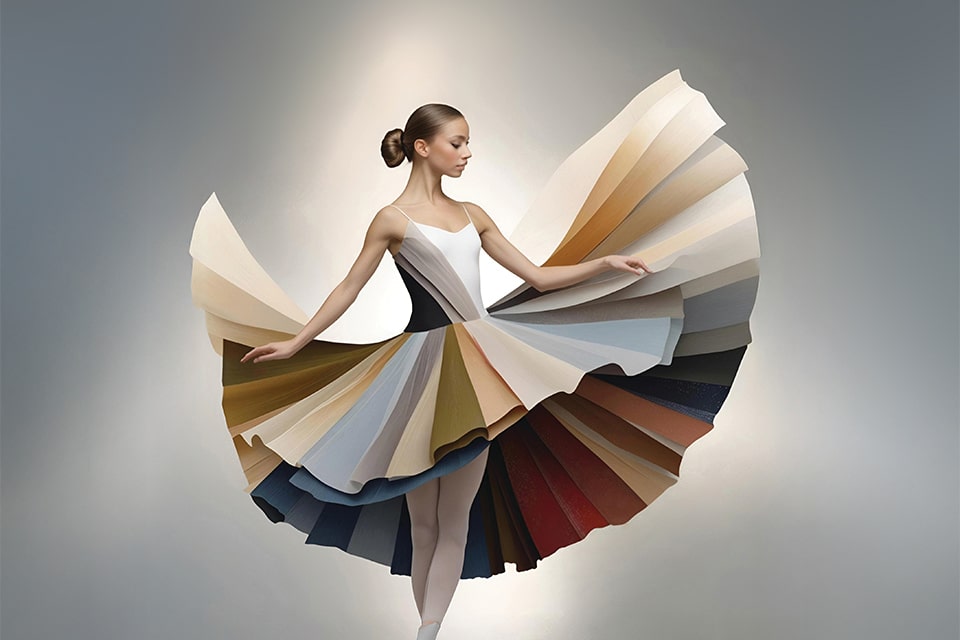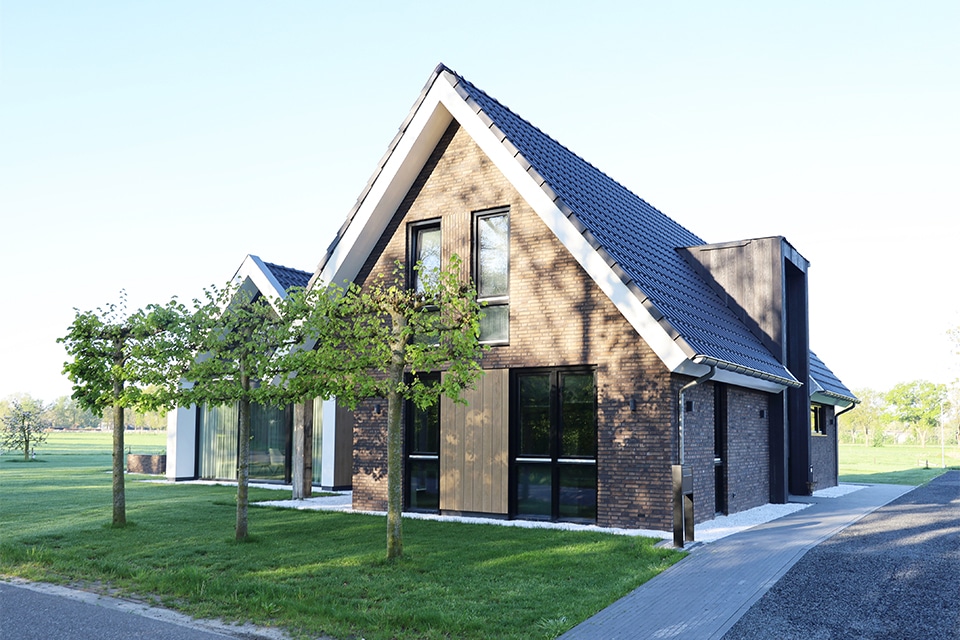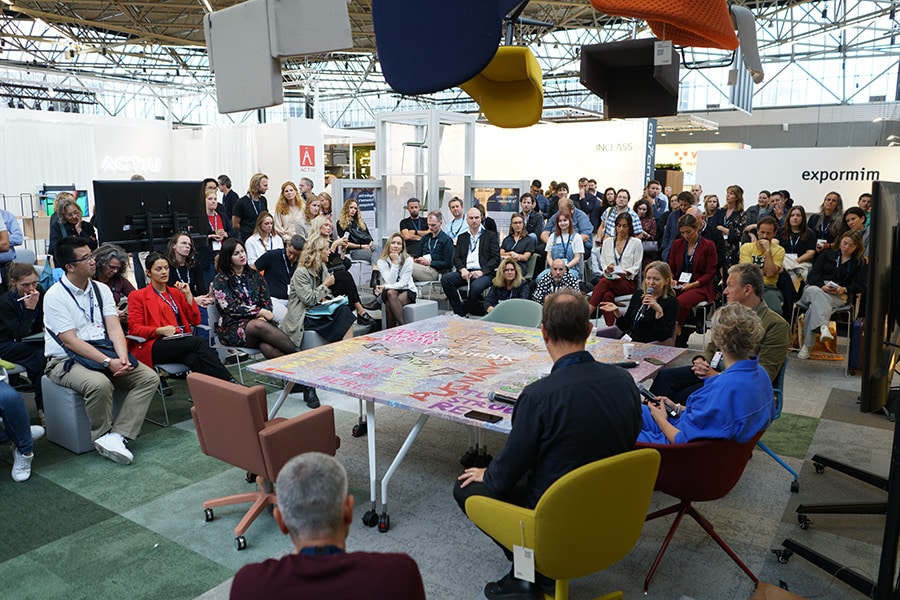
Architects define the aesthetics of the façade and therefore society!
Why does the architect have to be an all-around and all-purpose person?
Of course ... judging the quality of aesthetics of buildings and facades is subjective. Of course, that judgment remains entirely dependent on personal taste and even cultural preferences. What is appreciated in Amsterdam-West does not always turn out to be a success in - name it - Drachten. And, vice versa. But is there a common thread? Are there general characteristics and styles of facades that by definition are always appreciated by people - anywhere in the world - because of their aesthetic appeal?
One of the most important factors affecting the aesthetics of a facade is the harmony and proportions of the building as a whole. People are often attracted to facades that form a balanced and symmetrical composition. How can this be achieved? Every architect knows: windows, doors and other elements are distributed evenly. A facade should have proportional proportions to be perceived as "pleasant. After all, man (i.e., the user) wants "peace" in his mind. A person also always straightens a painting that hangs crookedly on the wall.
Material choice also plays an important role in determining the aesthetics of a facade. Because, different materials have different visual effects creating a unique character. Overall, the consensus is that people prefer natural materials because of their warm appearance and ... as one architect would put it: timeless beauty.

Facades with interesting textures, such as reliefs, patterns or ornaments, on the other hand, are often visually captivating(er). In fact, these elements provide depth and variety: the appeal is enhanced.
Moreover, facades with a smooth and polished surface can have a modern and sleek look, while facades with a rough and raw surface can have a rustic and natural charm. Just look at the old Mediterranean inner cities. The nostalgia immediately takes hold of you!
Color
Needless to say, color is also an important factor. Colors have emotional impact. Neutral teints such as white, cream, gray and beige are often associated with simplicity and elegance. On the other hand, bright and vibrant colors can actually be used to make a building more striking or give it an artistic character. Yet any architect will agree that he or she certainly does not have a free hand here. After all, the choice of color is highly dependent on the context, the environment and the desired appearance of the building. The architect is exactly at this point trying to make the aesthetics of his object fit into the aesthetics of the circle around it. It makes sense: the context of a building affects its aesthetic - and even economic! - appreciation. A facade that harmonizes with its surroundings and takes into account the scale, style and historical context of surrounding buildings is practically always considered attractive. Facades that are carefully designed to fit into the street, neighborhood or district, in which it is to be built, also have a positive influence on the aesthetics as well as the value of ... the entire area!

Styles
Not to mention the different architectural styles. Each of these has different principles and characteristics. For example, lovers of classical architecture may appreciate facades that incorporate elements such as columns, pilasters or other ornate ornaments. Modern architecture, on the other hand, often uses clean lines, minimalist forms and large glass surfaces. Postmodern architecture often combines different stylistic elements and creates eclectic facades.
Role of the architect
So the architect is not just a designer. Moreover, just 'designing' something is a No Go for society. After all, society wants more than 'just something beautiful'. Society wants livability, it seeks security and it wants safety.
In other words, aesthetics is and always will be subjective. What is considered beautiful and appropriate by one person may be seen as unattractive and non-functional by another. Aesthetic appreciation is always based on personal preferences, experiences and cultural backgrounds.

Actually, therefore, there is no definitive answer to the question of whether there is a common thread in what society (i.e., the people) wants or desires. General principles in the appreciation of aesthetics are recognized but more than ever the architect of today will have to define himself not only as an architect but also as a market researcher, anthropologist, psychologist, sociologist, economist, philosopher, health expert, safety expert, climate expert, retail expert,
planner, trend watcher and ... well, fill in the list yourself.
In 2023, the architect must unconditionally be an all-rounder and all-watcher. Simply in order to really please people with his facade designs.
Source
Studies Environment And Behavior (2009), Research University of Bath (2018) and the literature review in Frontiers in Psychology (2019) which had analyzed aesthetic preferences of facades.



